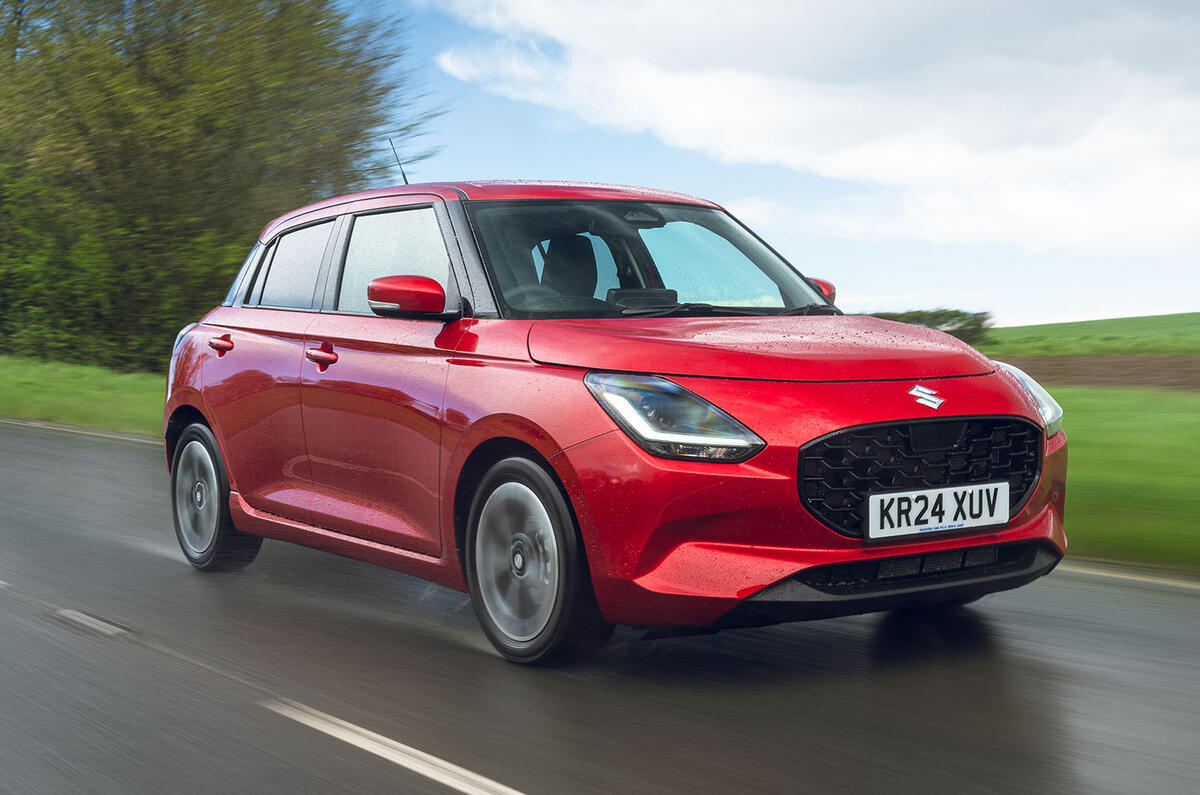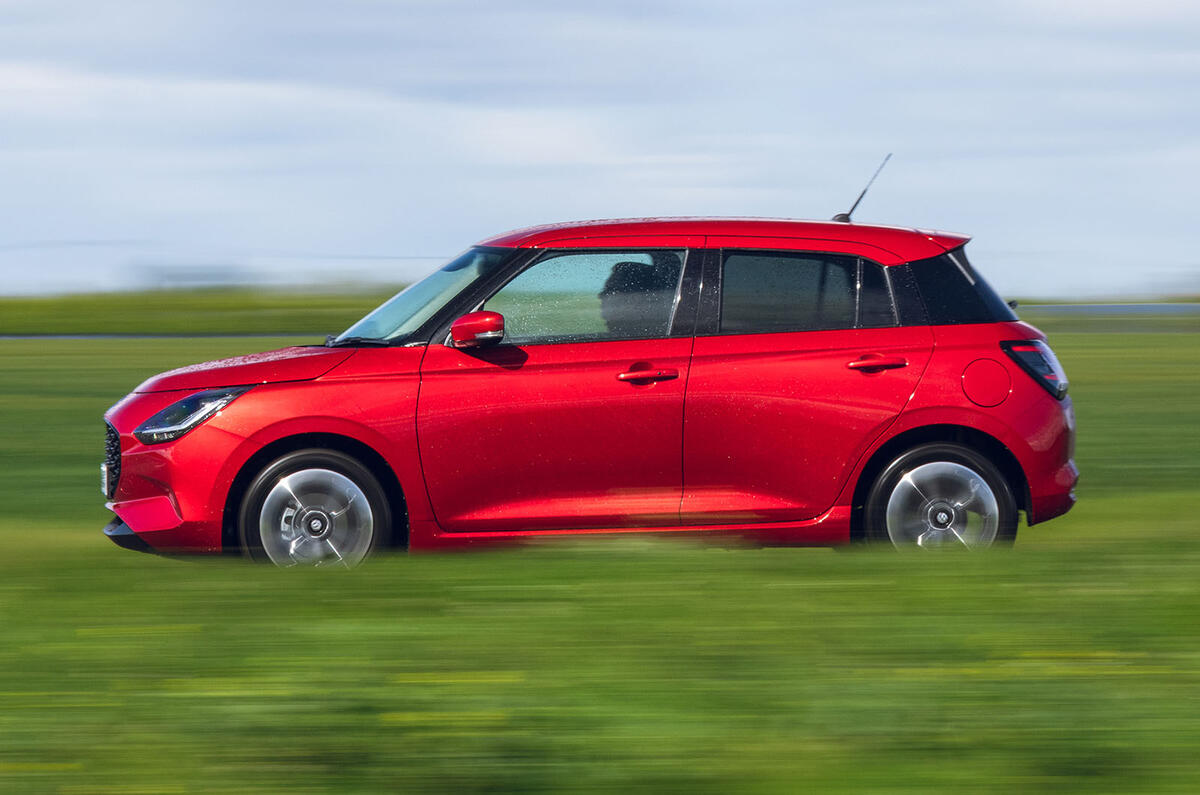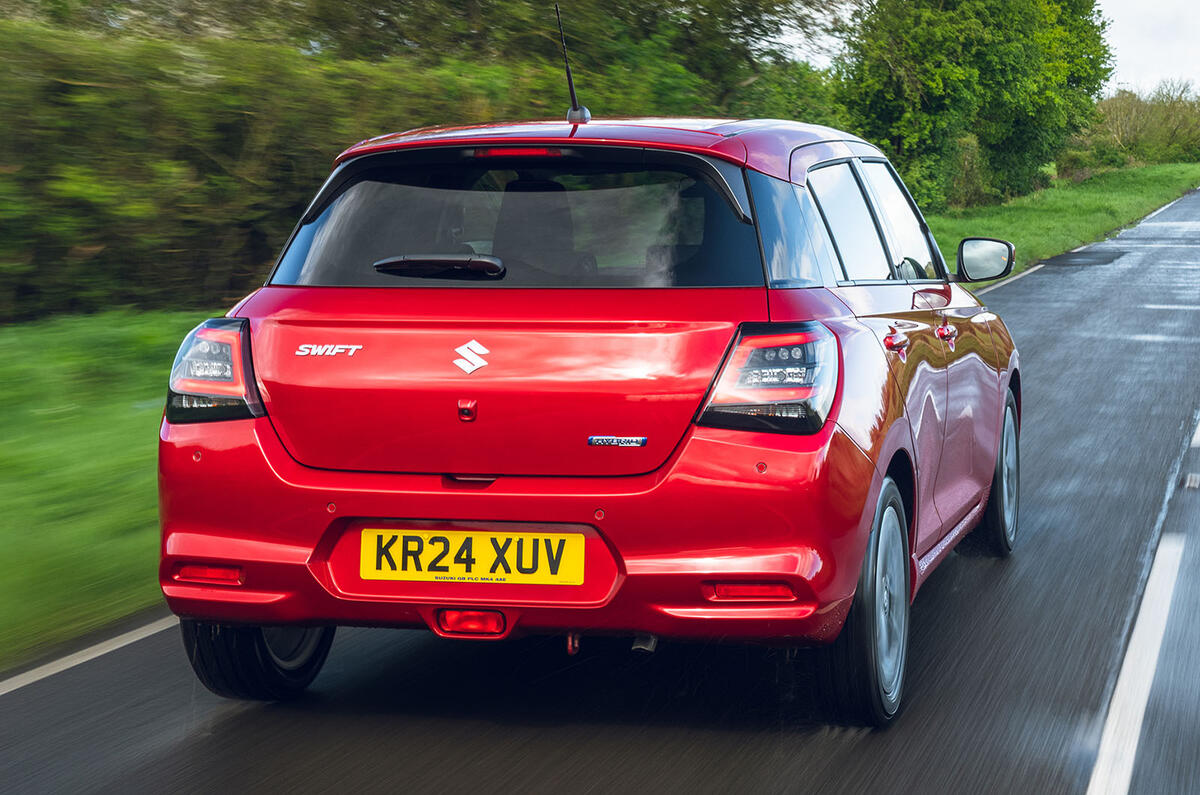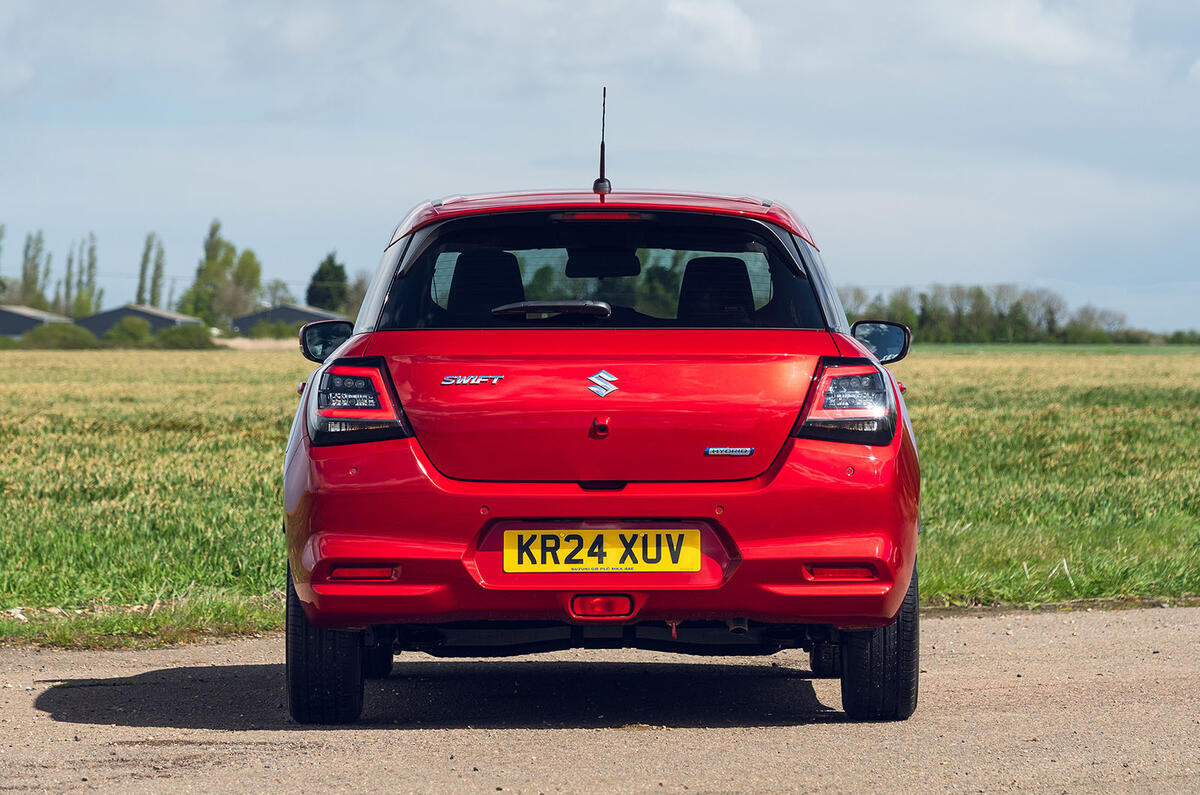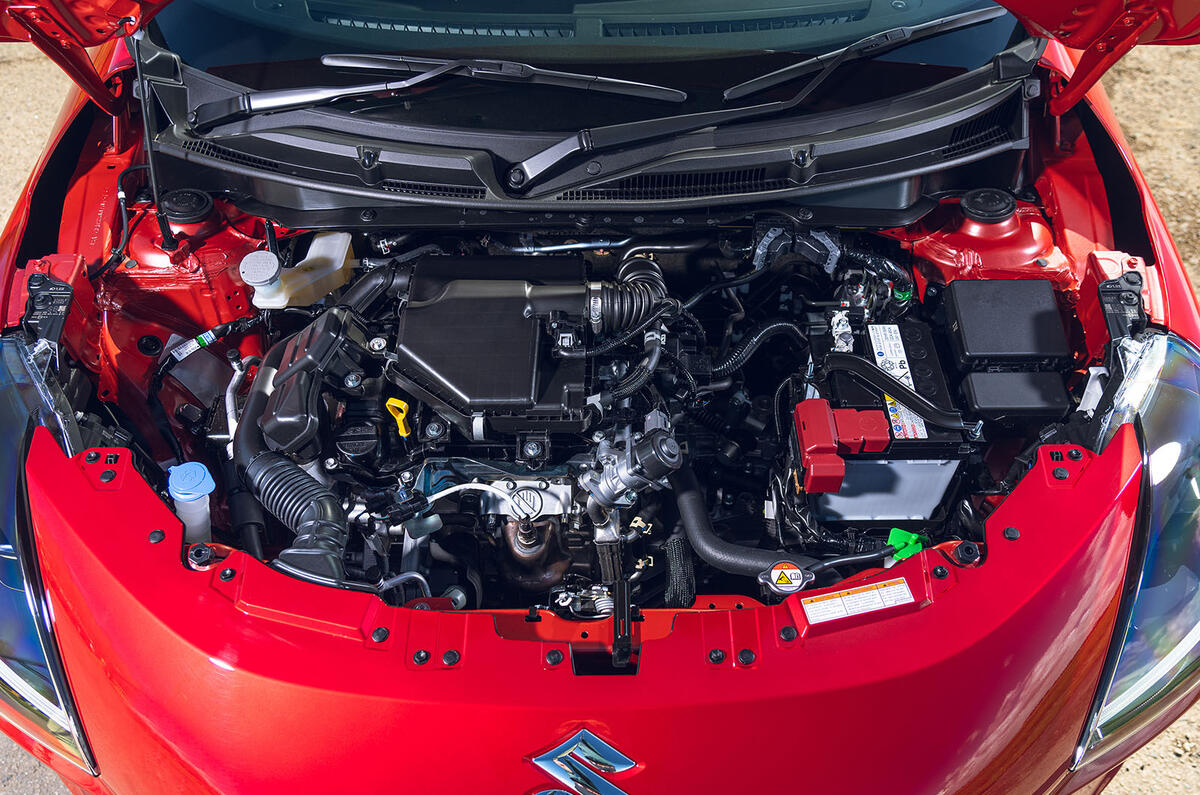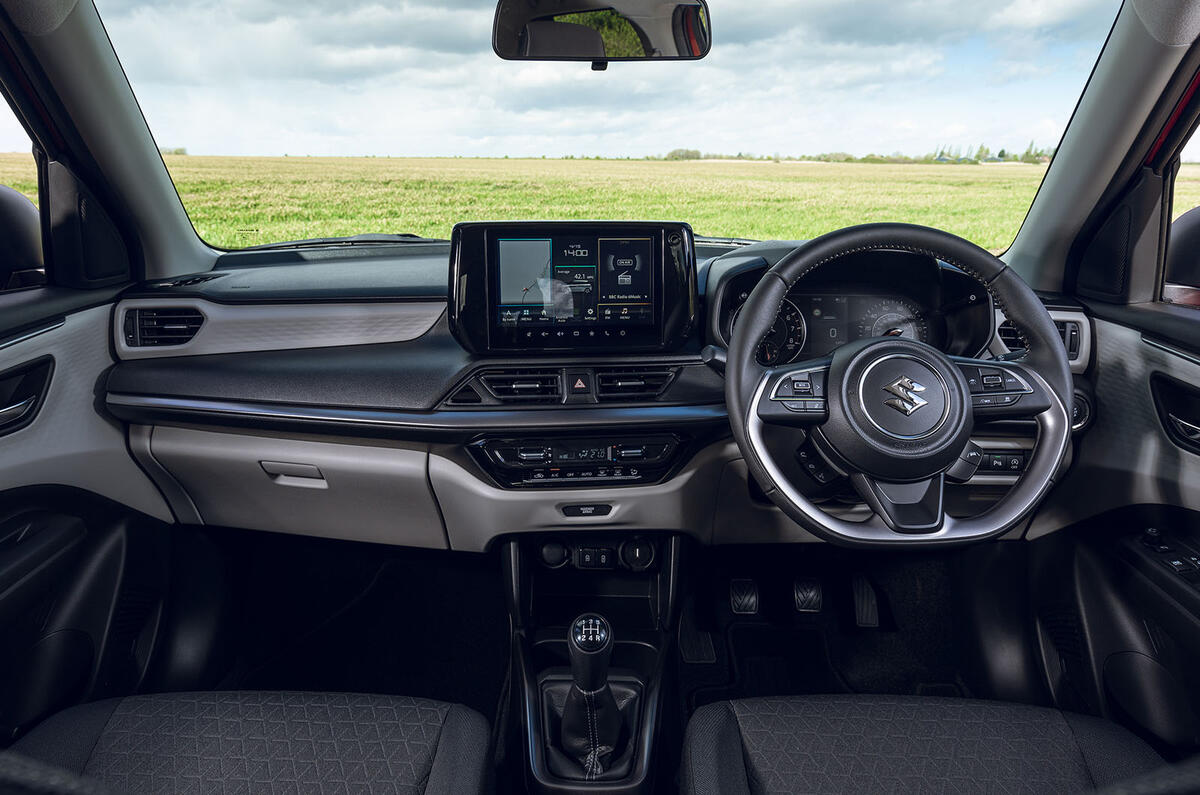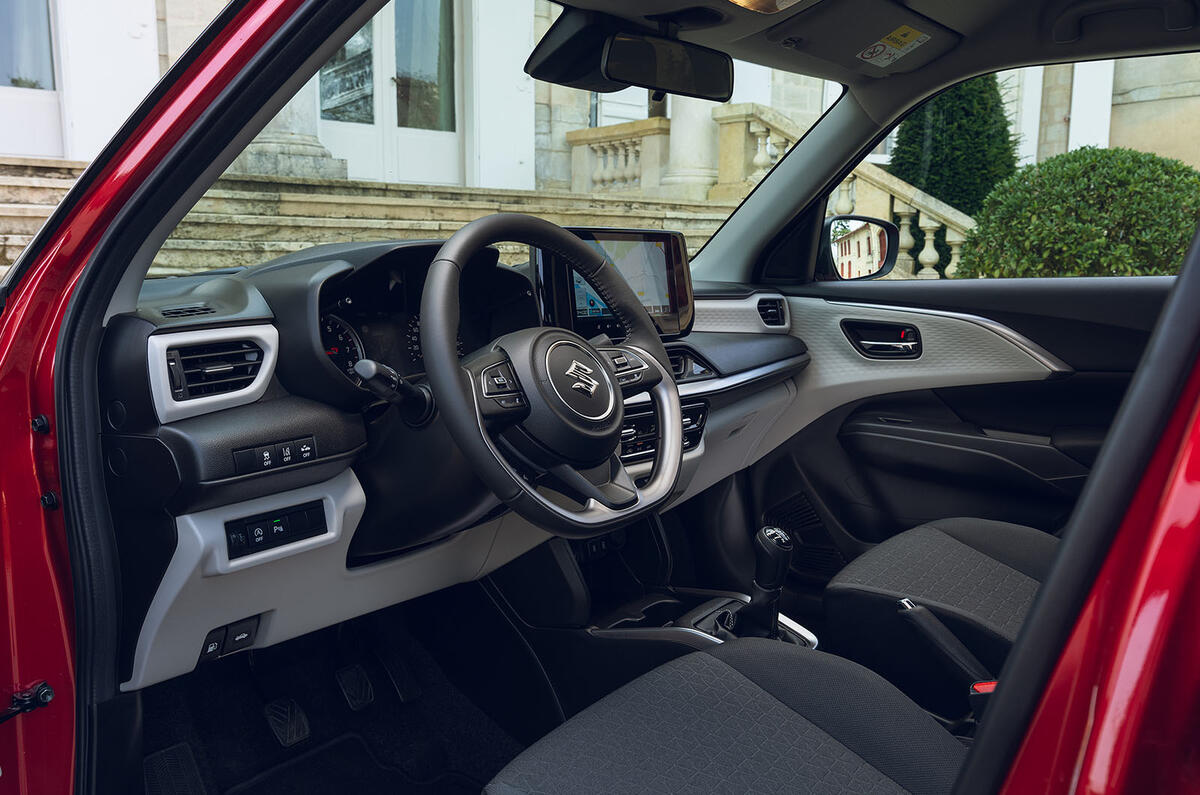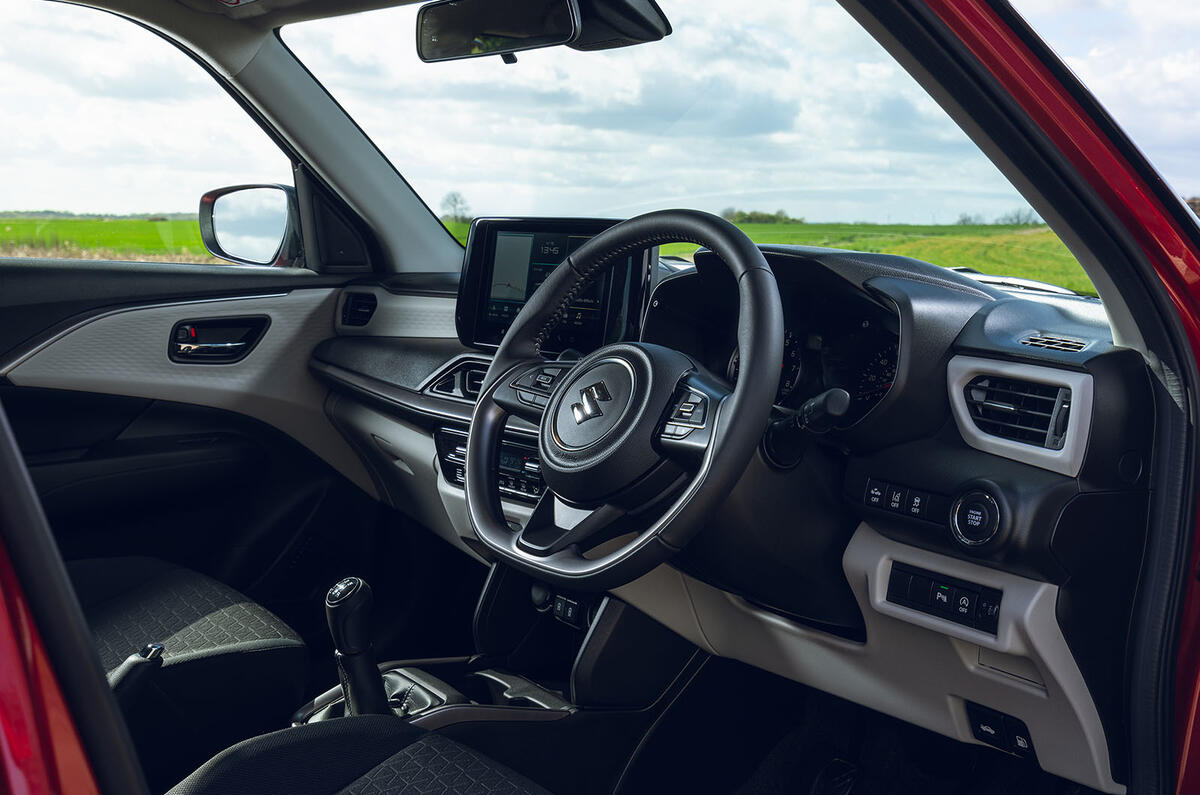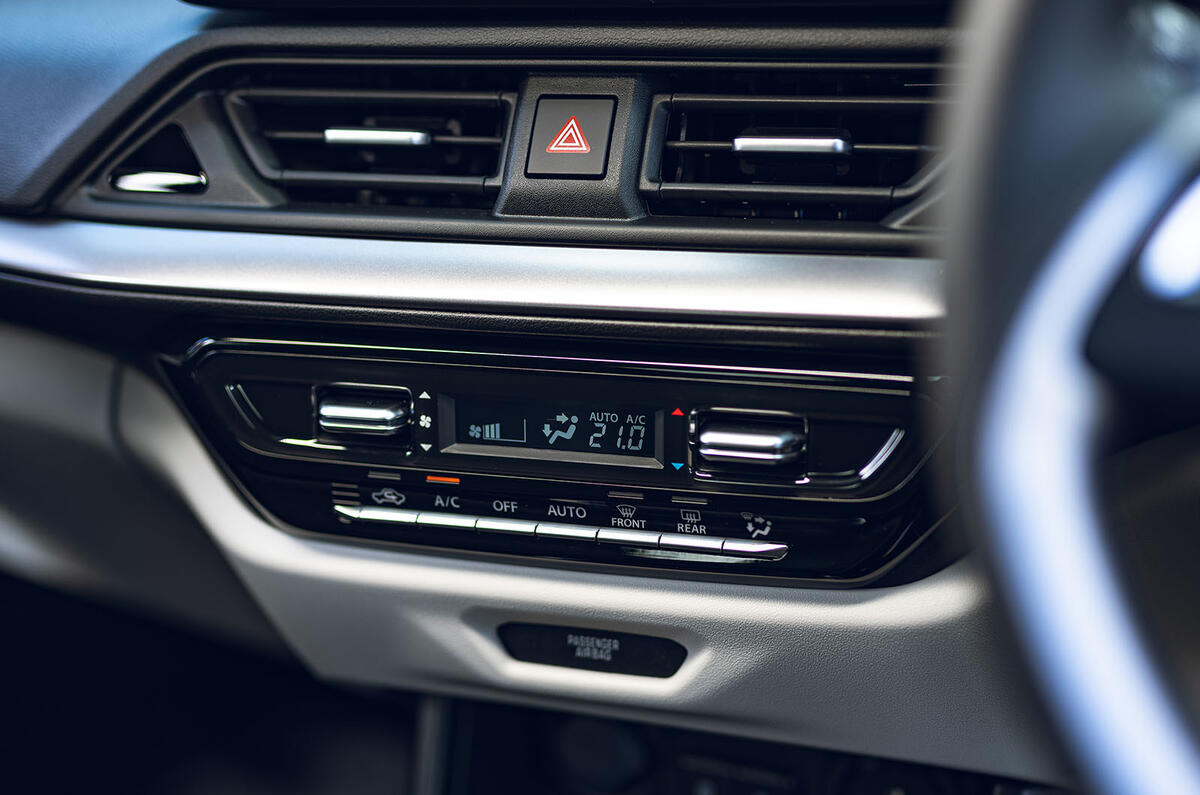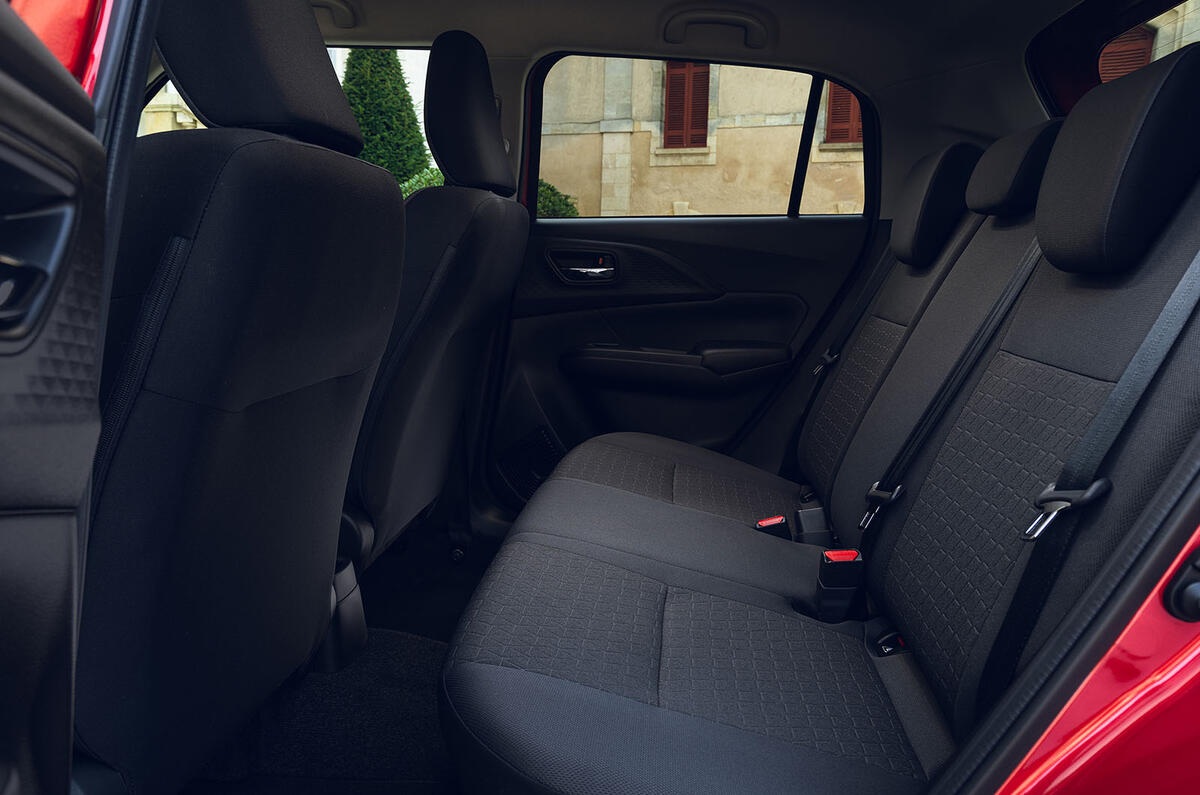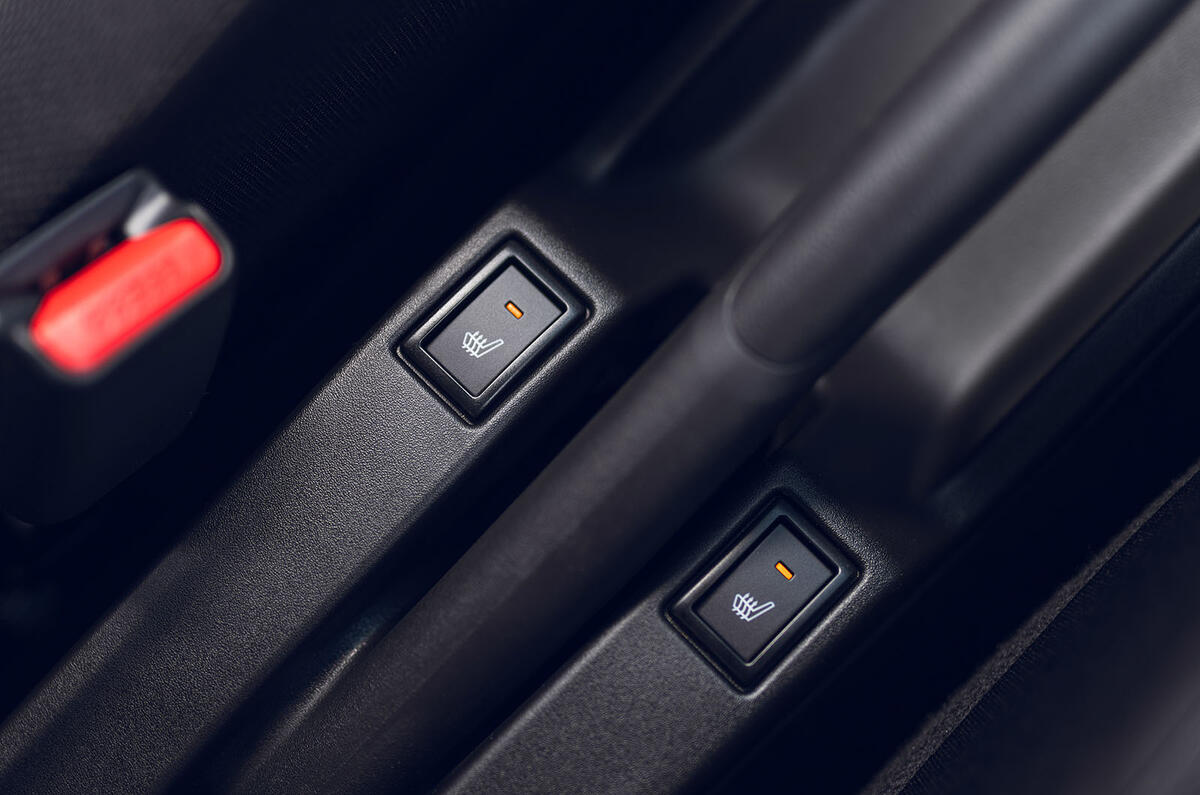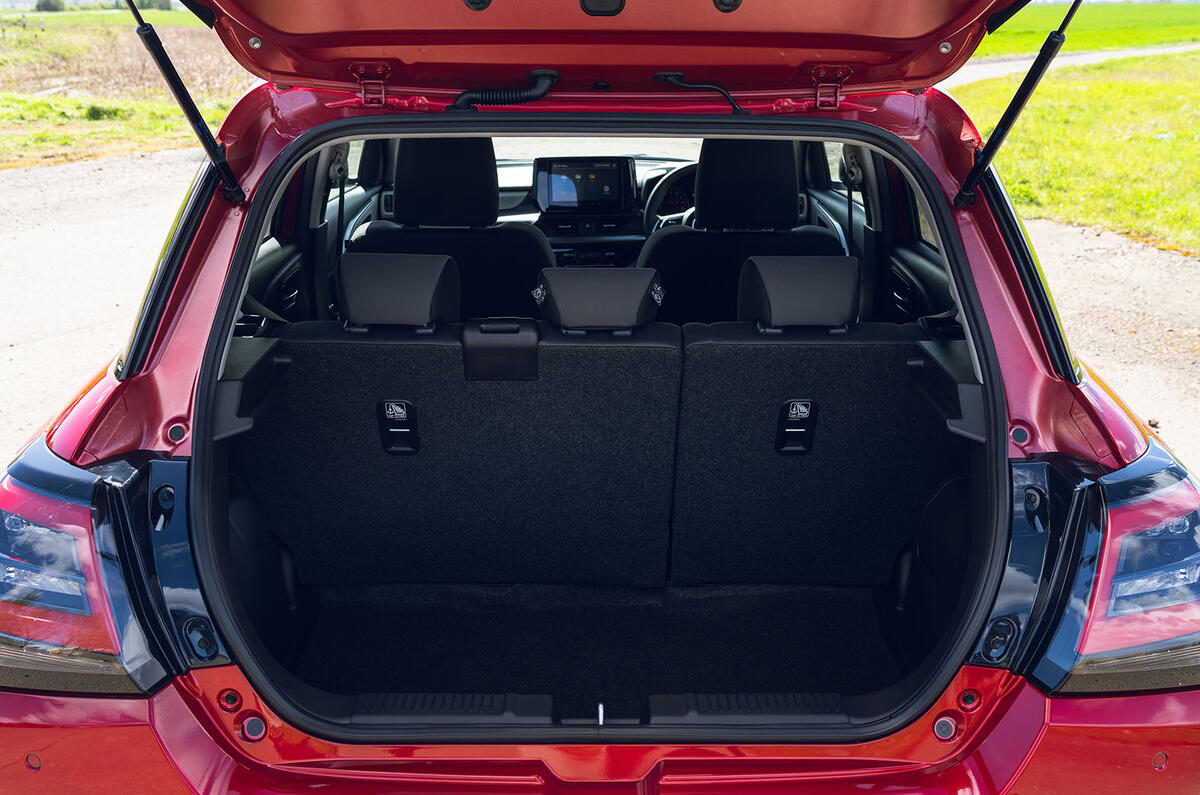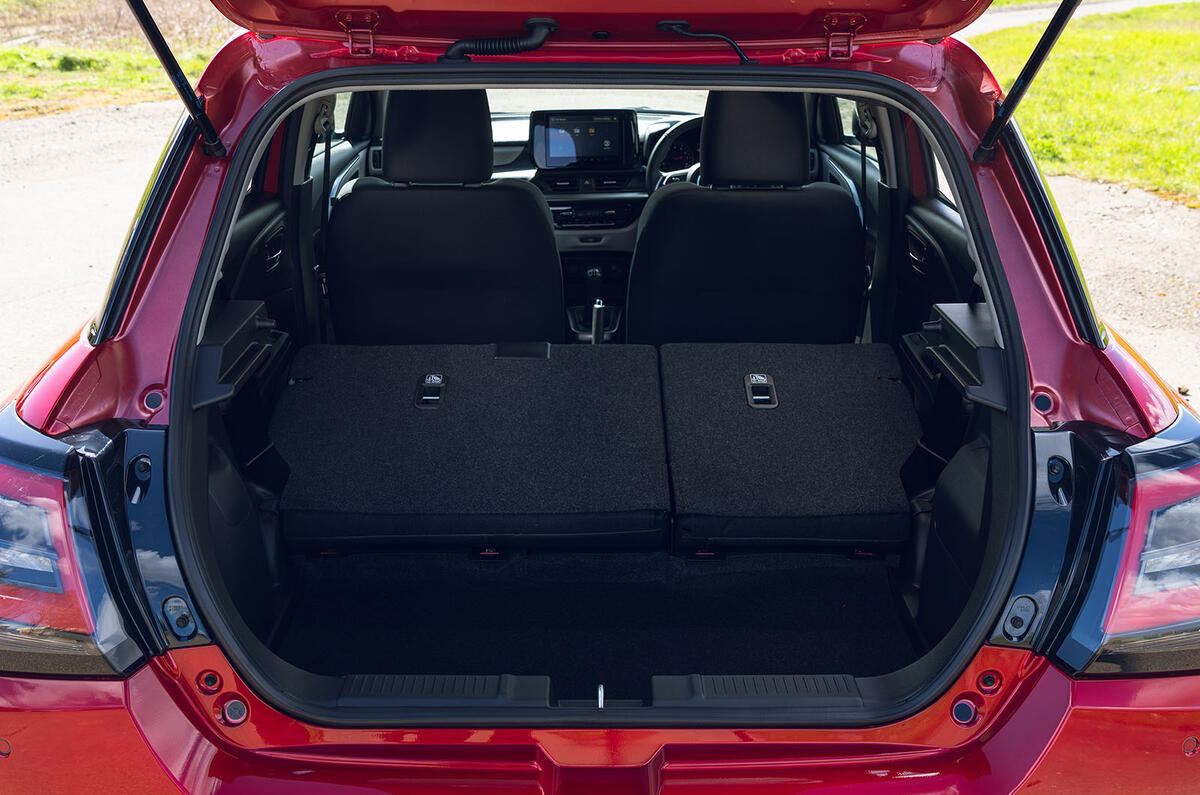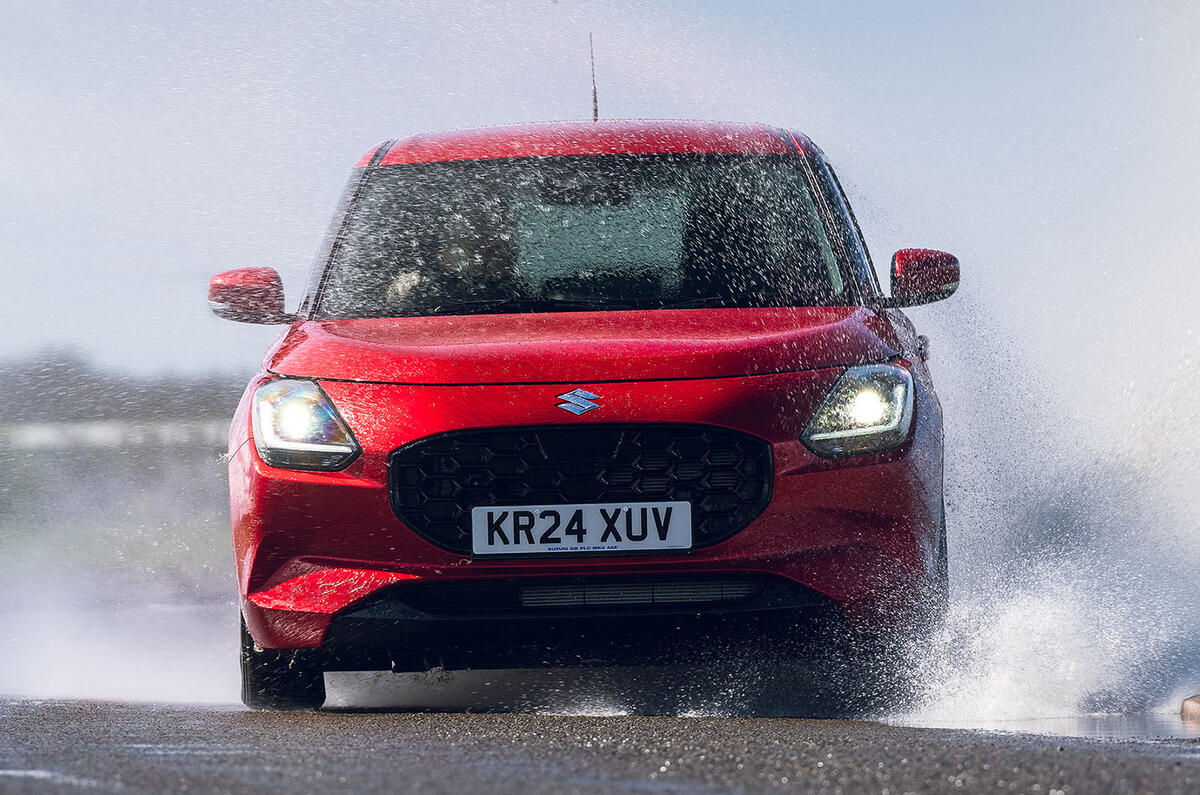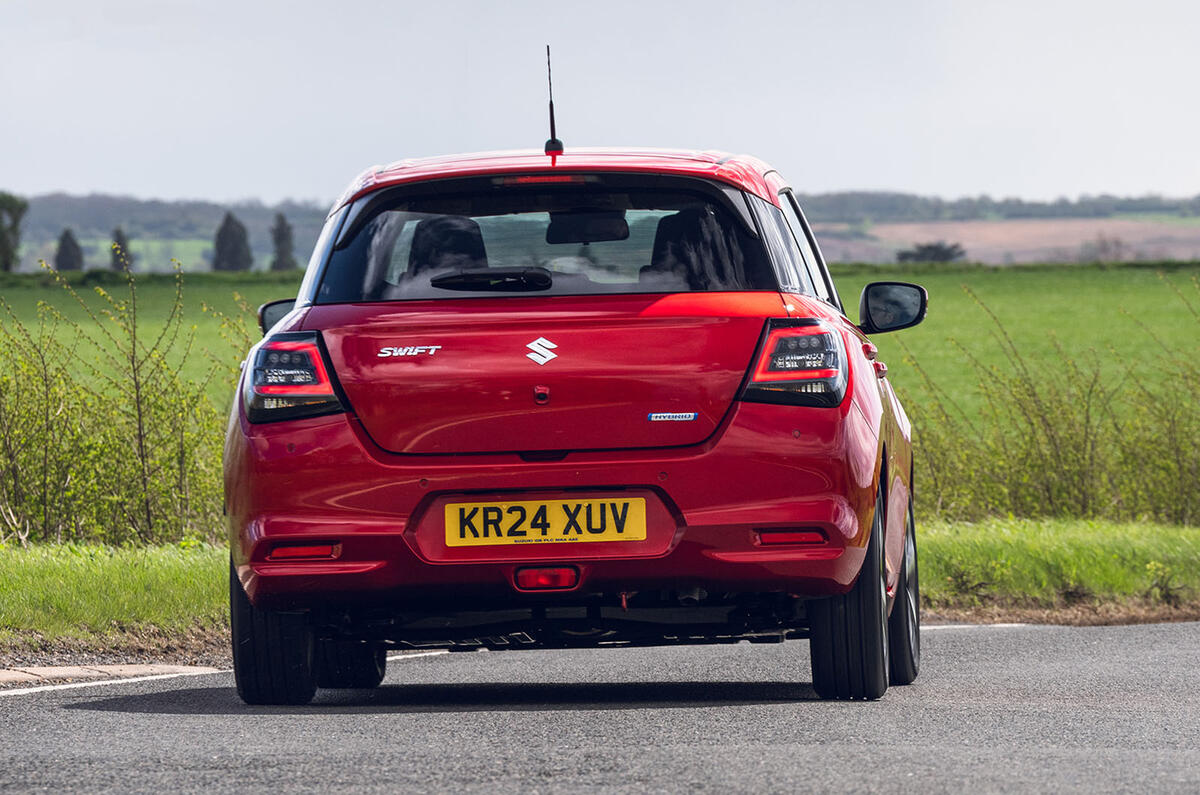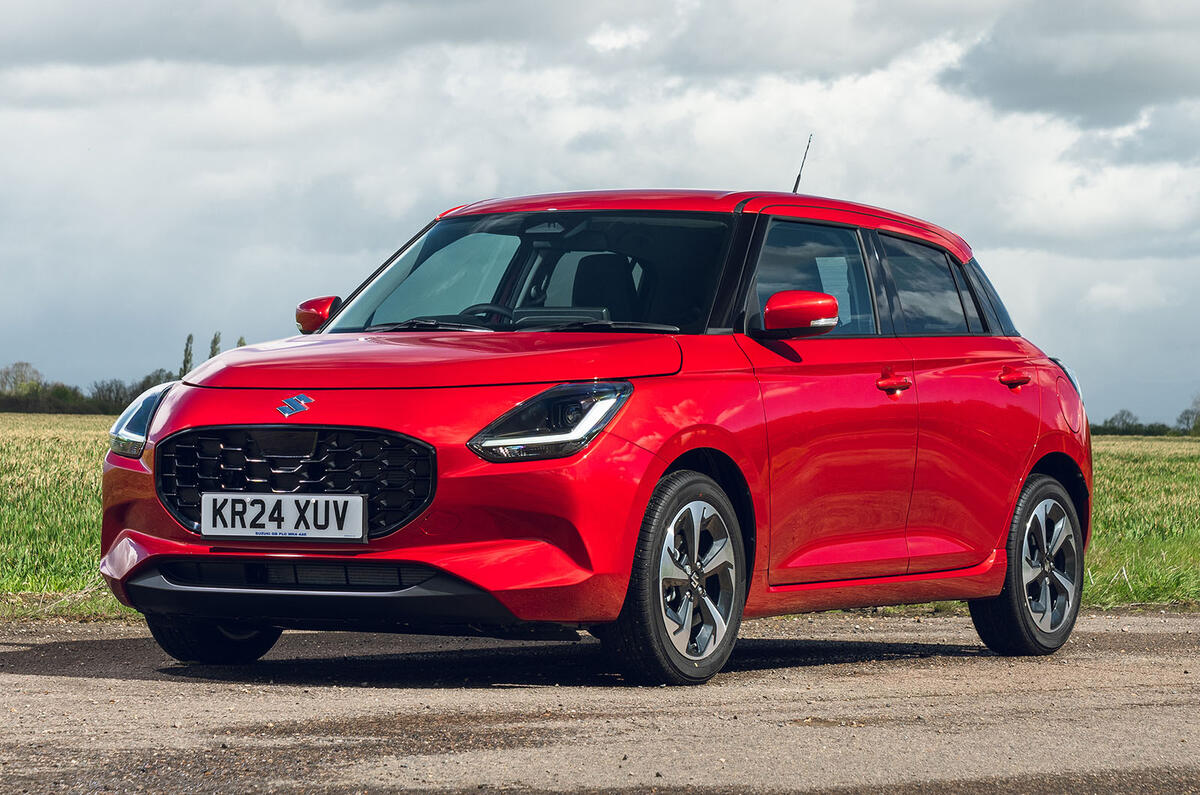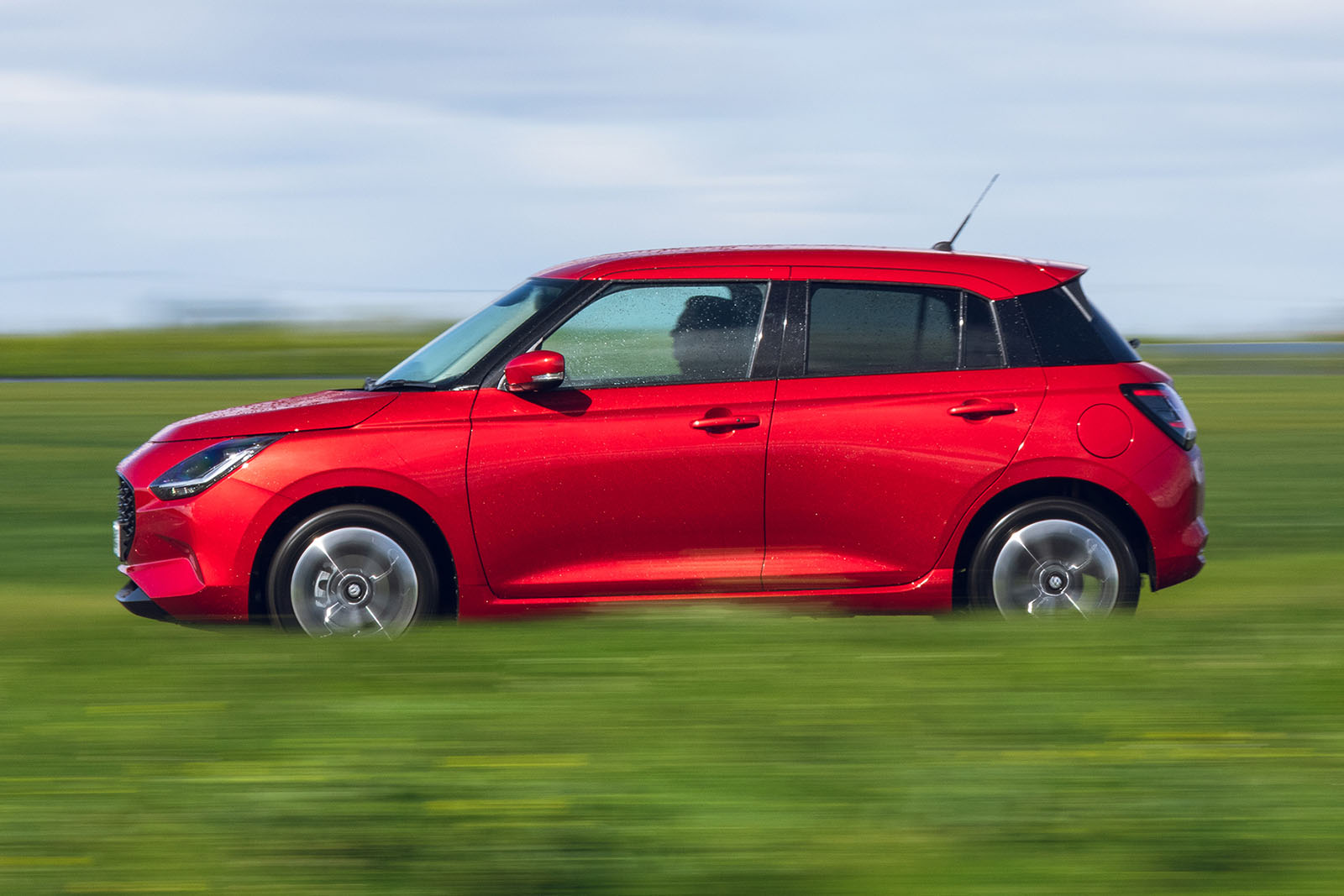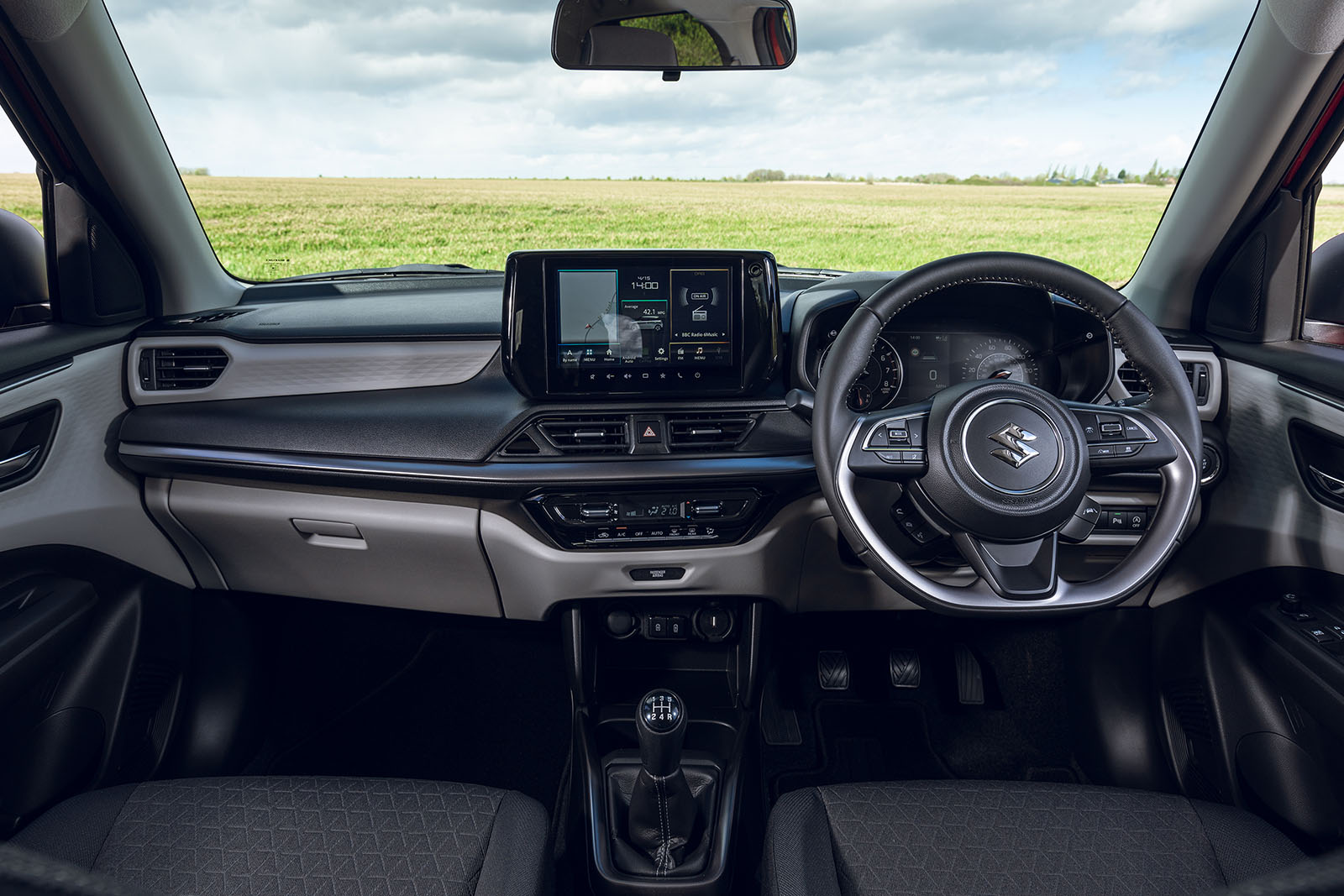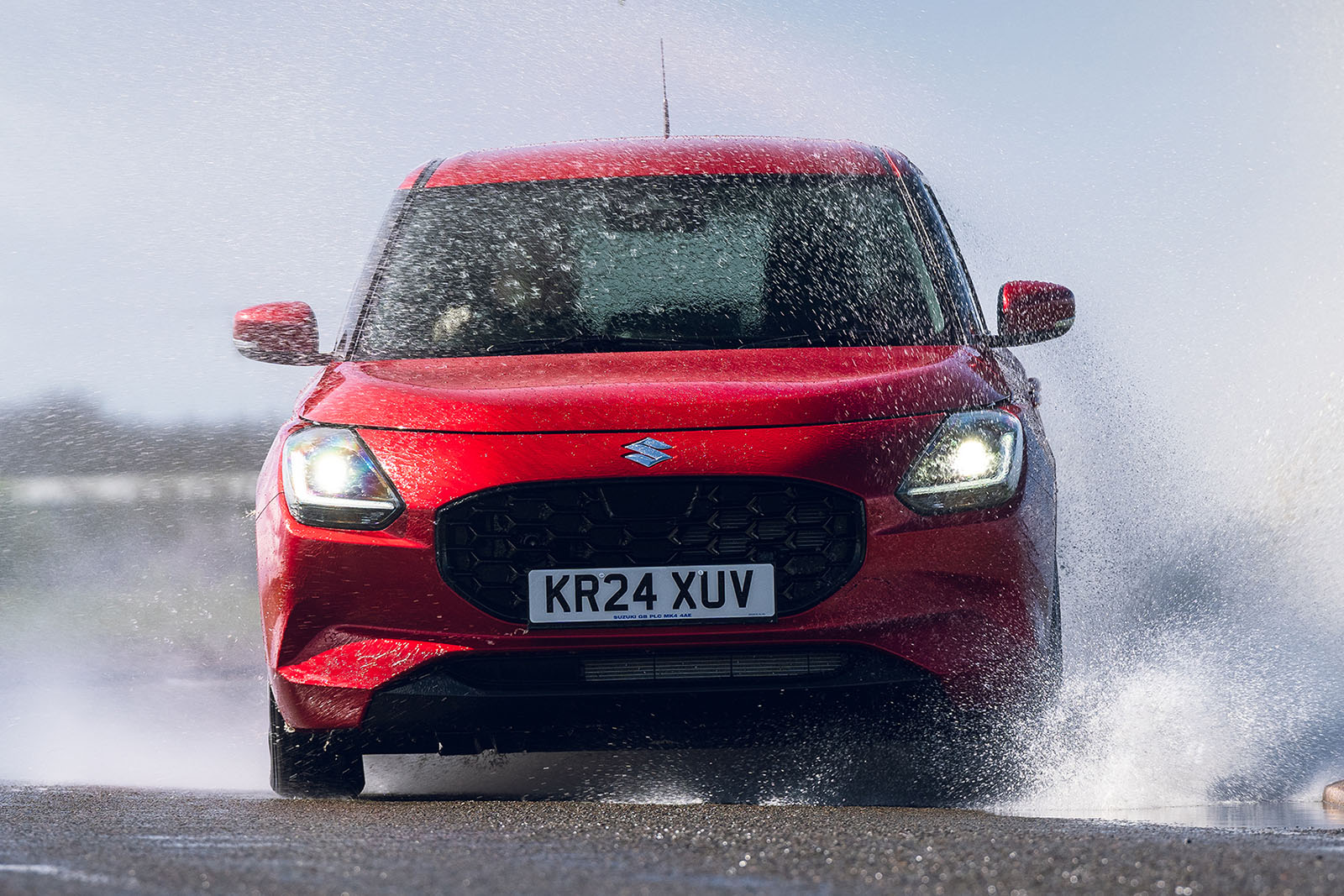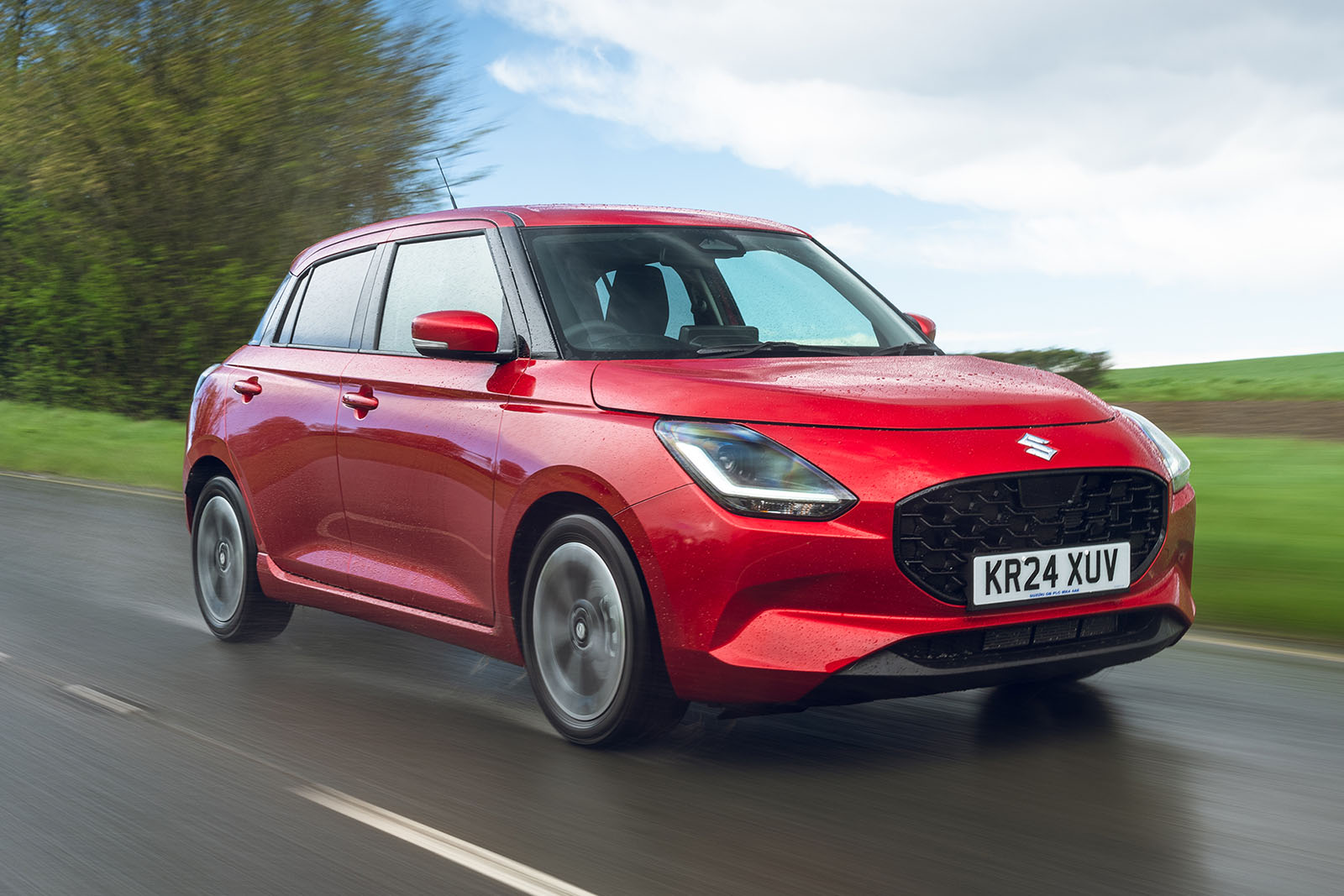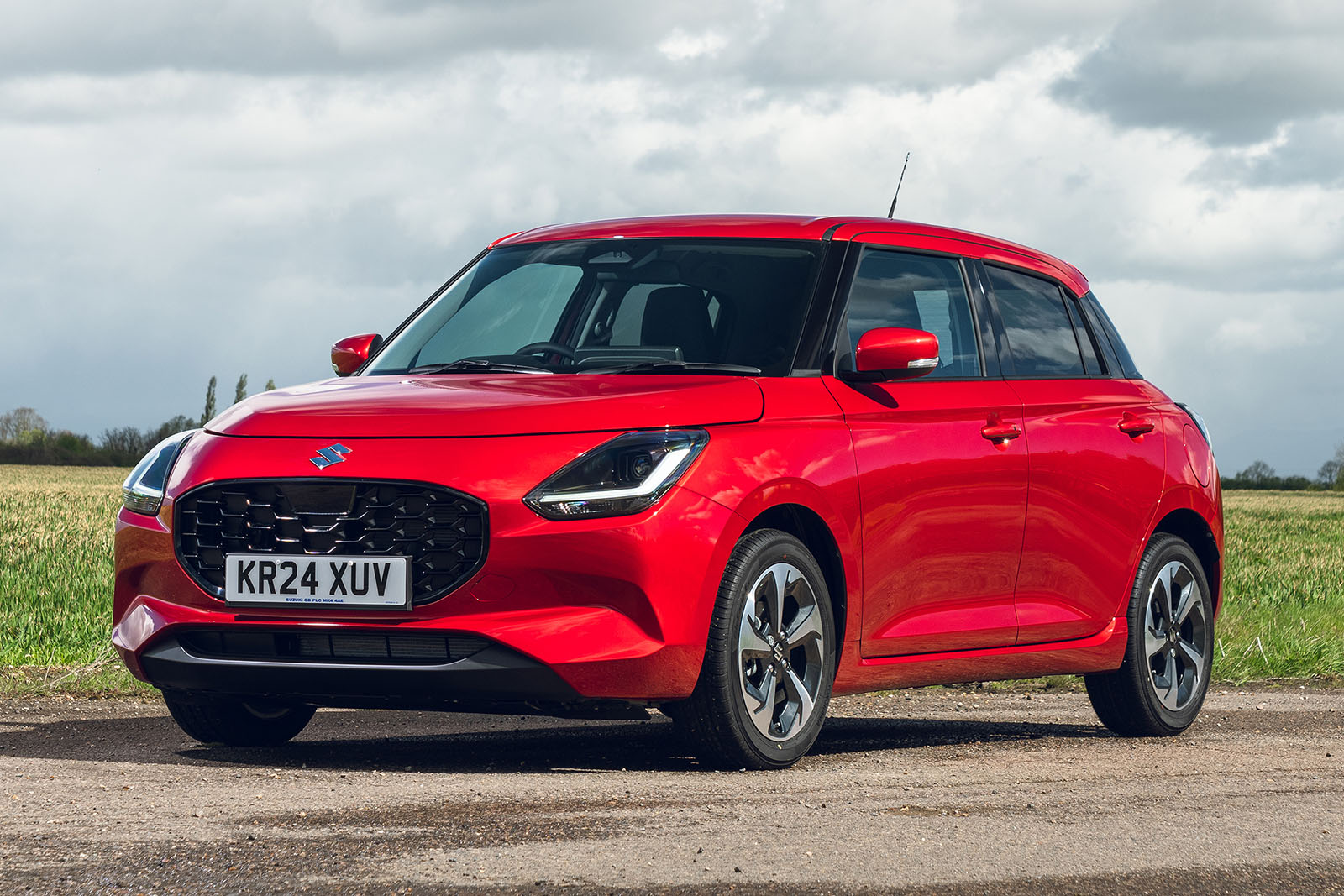In the current automotive landscape, the business case for bigger cars is easier to justify than that for smaller ones, which makes vehicles like the Suzuki Swift all the more unusual.
The small car sector might seem alive and well in other countries, but in the UK, many of the little Suzuki's conventional rivals have been consigned to the history books. There's no longer a Ford Fiesta or a proper Mazda 2, and who remembers the Nissan Micra?
It's not all bad news, though, because there are a few survivors, like the Hyundai i10, Volkswagen Polo, Renault Clio and Skoda Fabia, alongside a few EV alternatives like the Hyundai Inster and Renault 5.
It helps, then, that the Swift is a car that we would recommend to buyers in such a market. Read on to find out why...
The Suzuki Swift range at a glance
All Swifts come generously equipped as standard. Entry-level Motion models get heated front seats, keyless entry, a rear-view camera, 16in alloy wheels and a 9.0in infotainment touchscreen with wireless Apple CarPlay and Android Auto.
Step up to Ultra trim and you get automatic air conditioning, 16in alloys with a polished finish, rear-seat air vents and electrically folding mirrors.
Prices start from just over £19,000 and rise to just over £20,000 for top-spec models.
There's only one engine available: a 1.2-litre naturally aspirated petrol triple with mild-hybrid assistance. It's only as powerful as the non-electrified unit in its predecessor, but it's faster to 62mph and Suzuki claims it’s around 7% more fuel efficient.



